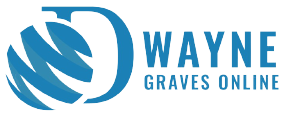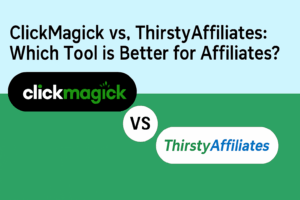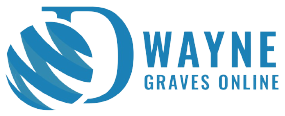Want to sell more courses online? A well-designed course funnel can help! It guides potential students from discovering your course to enrolling.
With the right funnel, you can maximize conversions and boost revenue. Start with a clear understanding of your audience’s needs and create a clear path.
Focus on lead magnets, email sequences, and value-packed content to build trust. Don’t forget to optimize for upsells and long-term engagement.
Are you ready to turn more visitors into paying students? Stay tuned to explore how to create a course funnel that works!

Understanding the Basics of a Course Funnel
A course funnel is a step-by-step process that converts potential learners into paying students. It consists of four key stages:
- Awareness: This is where people discover your course. Use ads, social media, or blog posts to grab attention.
- Interest: Now that they’re aware, spark curiosity. Share free resources like webinars, cheat sheets, or sample lessons to build trust.
- Decision: At this stage, prospects evaluate your course. Highlight your unique value, show testimonials, and offer limited-time discounts to nudge them toward purchasing.
- Action: This is where they enroll. Make the checkout process seamless with clear instructions and multiple payment options.
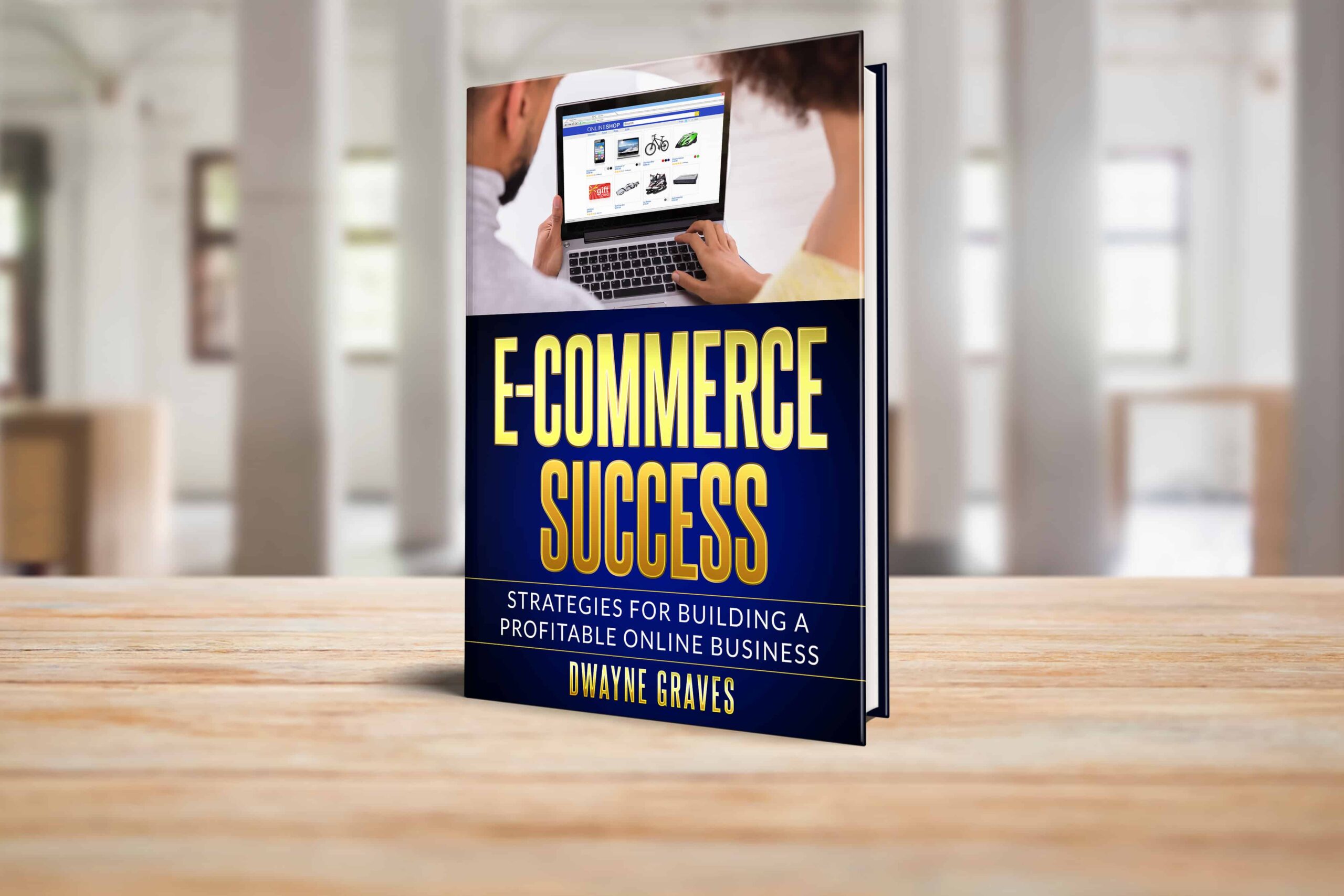
Affiliate Disclaimer: I earn commission (get paid) if you click on the links and purchase a product below. My earnings do not impact the price you pay.
To succeed, align your funnel with your audience’s needs. Understand their pain points and what motivates them.
For example, busy professionals might appreciate flexible schedules, while beginners might value detailed guidance.
Set specific goals for your funnel. Do you want to hit a certain revenue target or achieve a specific enrollment number?

Building the Awareness Stage
In the Awareness Stage, potential students first discover your course. Your goal is to attract attention and spark curiosity. Here are some effective strategies:
SEO-Optimized Blog Posts:
Create blog content around your course topic with relevant keywords. For example, if your course is on graphic design, write posts like “Top Tools for Beginner Designers.”
Social Media Campaigns:
Use platforms Instagram, LinkedIn, or Facebook to share engaging posts. Target your niche audience with ads, reels, or infographics that showcase your course’s value.
Free Resources:
Provide freebies (eBooks, webinars, or mini-courses) related to your topic. Let’s say: a free “Introduction to Digital Marketing” webinar can funnel students into your full course.
Lead Generation Tools:
Tools like Leadpages make creating landing pages a breeze. Use these to capture emails and grow your subscriber list.
The key is to make your audience feel like they’ve found a solution to their problem. Offer value upfront to position your course as the next logical step.

Nurturing Leads in the Interest Stage
Once you’ve captured someone’s interest, it’s time to build a relationship. This stage is all about nurturing those leads and showing them how your course can truly help them.
Think of it like getting to know someone new. You start with a friendly welcome, share some interesting insights, and gradually deepen the connection.
Here’s how to do it:
- Send a warm welcome email: Introduce yourself and your course, highlighting the key benefits.
- Provide valuable content: Share free resources: short tutorials, downloadable guides, or exclusive tips. This positions you as an expert and demonstrates the value you offer.
- Personalize your approach: Use email segmentation to send targeted messages. If someone expressed interest in a specific topic, send them relevant content.
- Address their concerns: If someone hesitates about the price, offer flexible payment options or highlight bonuses.

Encouraging Decisions in the Consideration Stage
So, your potential students are seriously considering your course. Now’s the time to give them that final push!
Clearly highlight the unique benefits of your course. How does it solve their problems better than others? If you offer live Q&A sessions, emphasize the value of direct access to an expert.
Share testimonials from past students who’ve achieved amazing results. Include success stories: maybe someone landed a new job, mastered a new skill, or achieved a personal goal.
Offer limited-time discounts or exclusive bonuses to encourage immediate enrollment. For example, “Enroll within the next 48 hours and receive a free one-on-one coaching session.”

Optimizing the Conversion Stage
This is the moment of truth: the conversion stage. You’ve captured their interest, now it’s time to turn those leads into paying students.
Keep it Simple:
Make the enrollment process as smooth as possible. Avoid complicated forms and unnecessary steps. Autofill features and a clean, professional design can make a big difference.
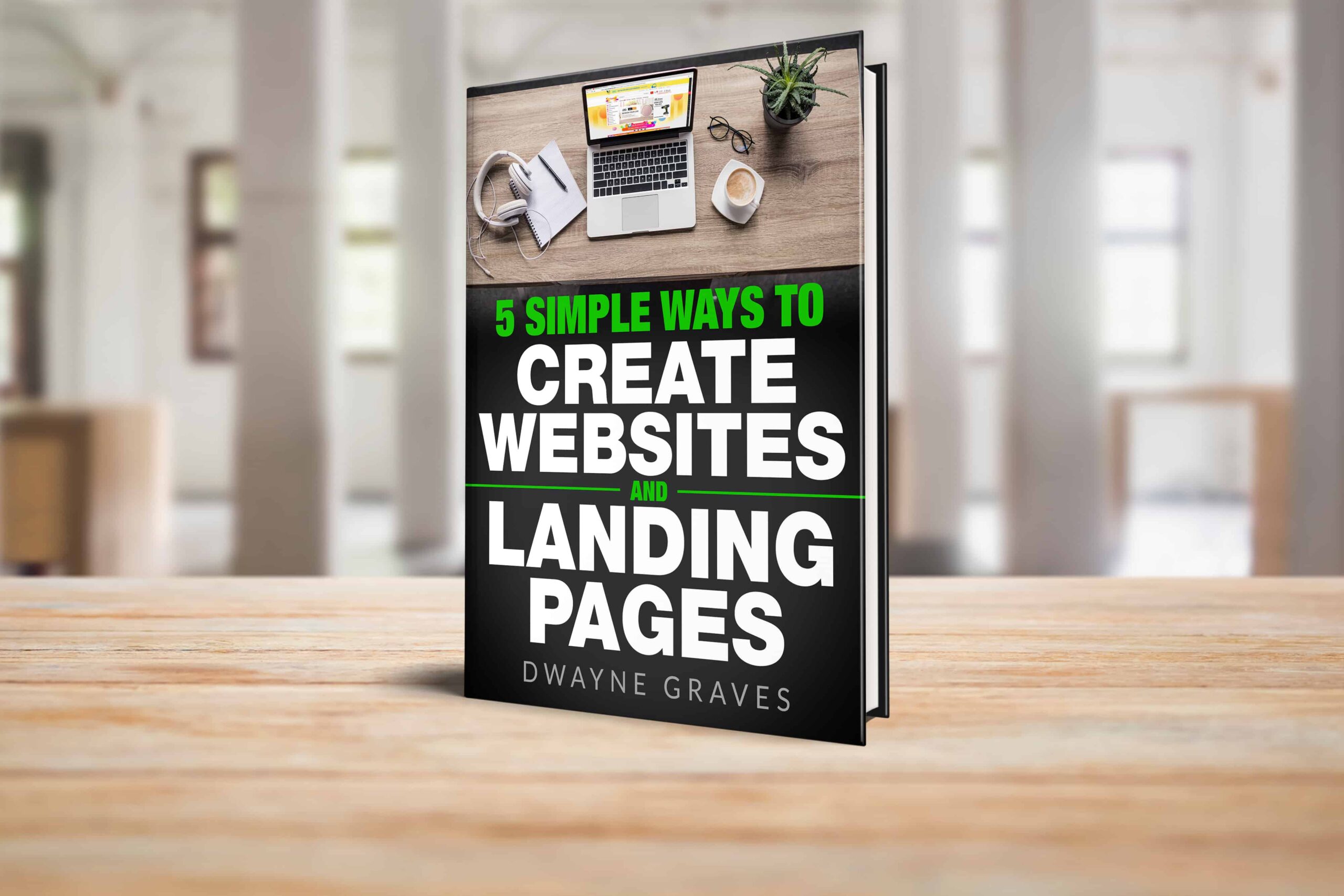
Download Your Free e-Book
5 Simple Ways to Create Website & Landing Pages
Consider Offering Upsells or Bundles:
After someone buys your basic course, suggest a discounted advanced module or a bundle of related resources. It boosts the value of purchase and provides them with even more from you.
Don’t Forget About Mobile Users:
Many people browse and buy on their phones. Ensure your checkout process is mobile-friendly to avoid losing potential students.
Ensure Secure Payments:
Finally, prioritize security. Offer a variety of secure payment options like PayPal, credit cards, and digital wallets to build trust with your audience.
When the enrollment process is easy and enjoyable, students are more likely to say “yes” and become part of your community.

Retaining Students and Encouraging Referrals
Retention and referrals are vital for long-term course success. Satisfied students become loyal advocates for your course.
Welcome new students with clear instructions, easy access to course materials, and a personal touch. A smooth start boosts their confidence and engagement from day one.
Keep students involved with exclusive content like bonus lessons, live Q&A sessions, or access to a private community. These extras build loyalty and deepen their learning experience.
Turn happy students into brand ambassadors by offering referral rewards. Affiliate programs with discounts or bonuses incentivize them to bring friends and colleagues.

Measuring and Refining Your Funnel
To make sure your course funnel is always performing at its best, you need to keep a close eye on its performance.
Focus on the Key Metrics: Track conversion rates, how many leads actually enroll in your course, and how much it costs to acquire each new student.
Use the Right Tools: Tools like ClickMagick and Google Analytics can help you track traffic sources, see how people are interacting, and identify any bottlenecks in your funnel.
Don’t Be Afraid to Experiment: Try A/B testing different elements of your funnel. Such as: headlines, calls-to-action, and images. Even small changes can make a big difference.

Conclusion
That all wraps it up! A course funnel is key to maximizing sales success. Each stage, from awareness to conversion, plays a vital role.
Focus on understanding your audience and addressing their pain points. Use proven strategies like email nurturing, testimonials, and exclusive offers.
Don’t forget to track key metrics and optimize for better results. A well-built funnel not only boosts sales, but fosters student loyalty.
Start small, refine as you grow, and stay consistent. Your course funnel can become a powerful tool for long-term growth.
